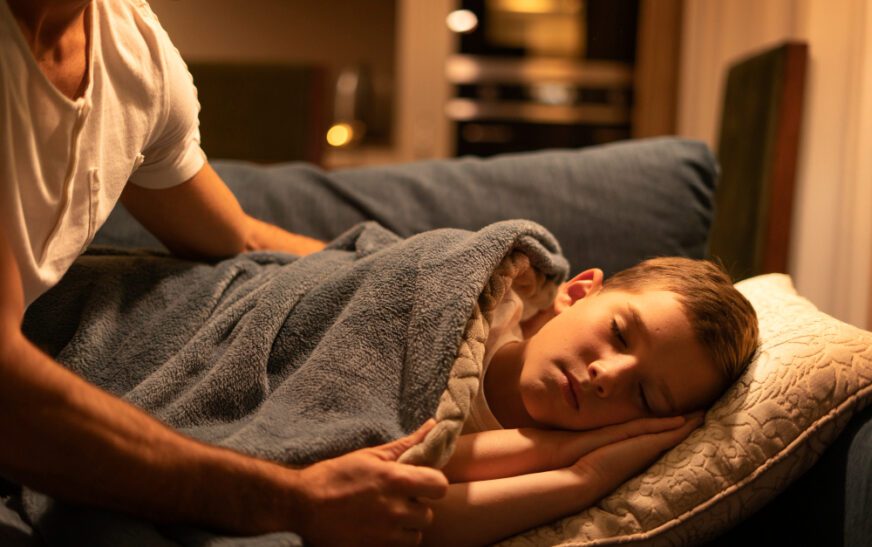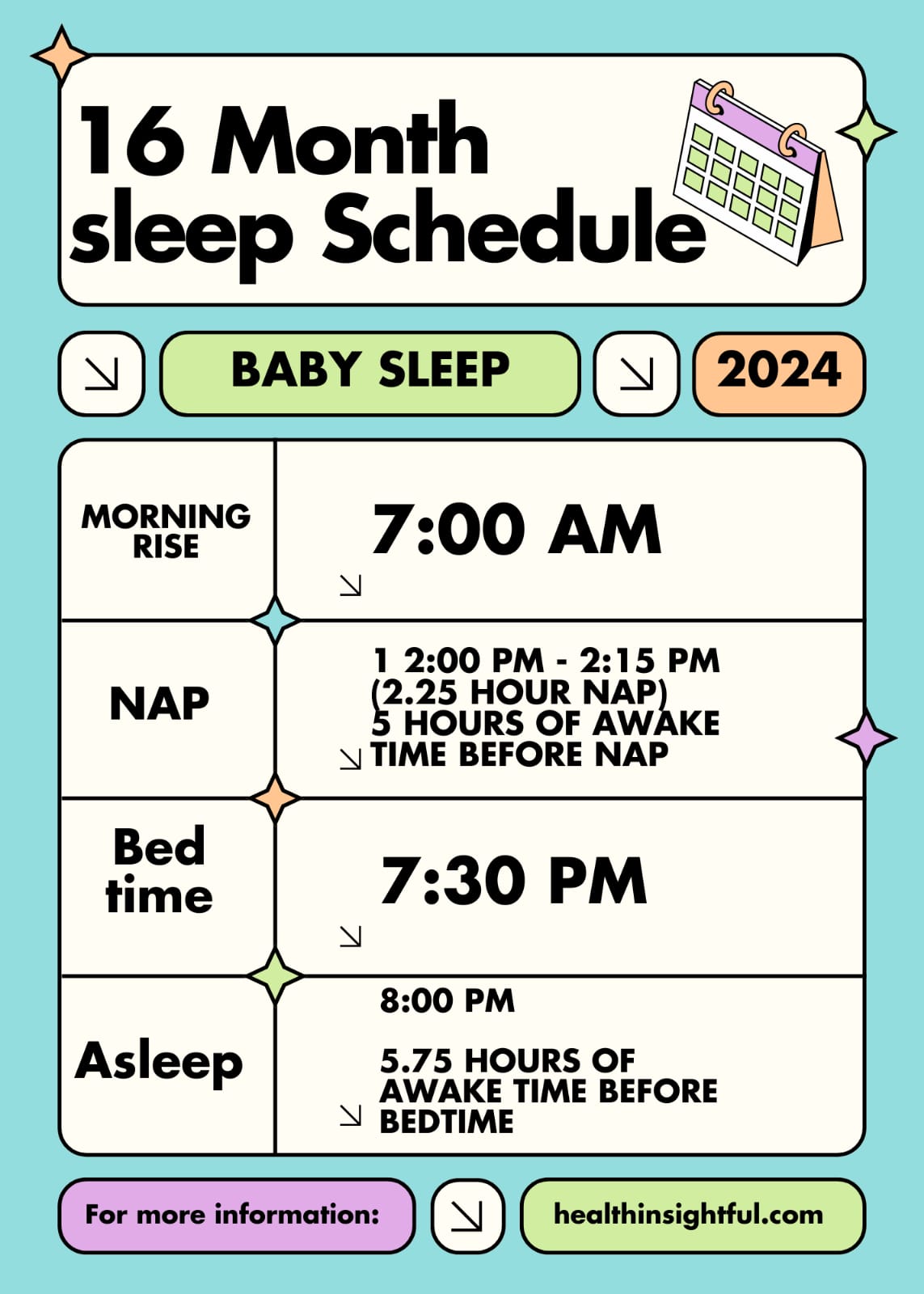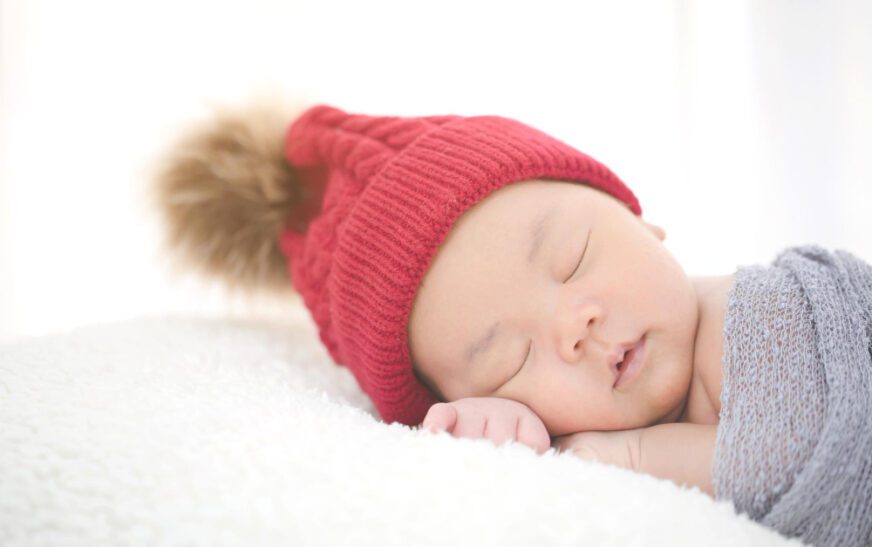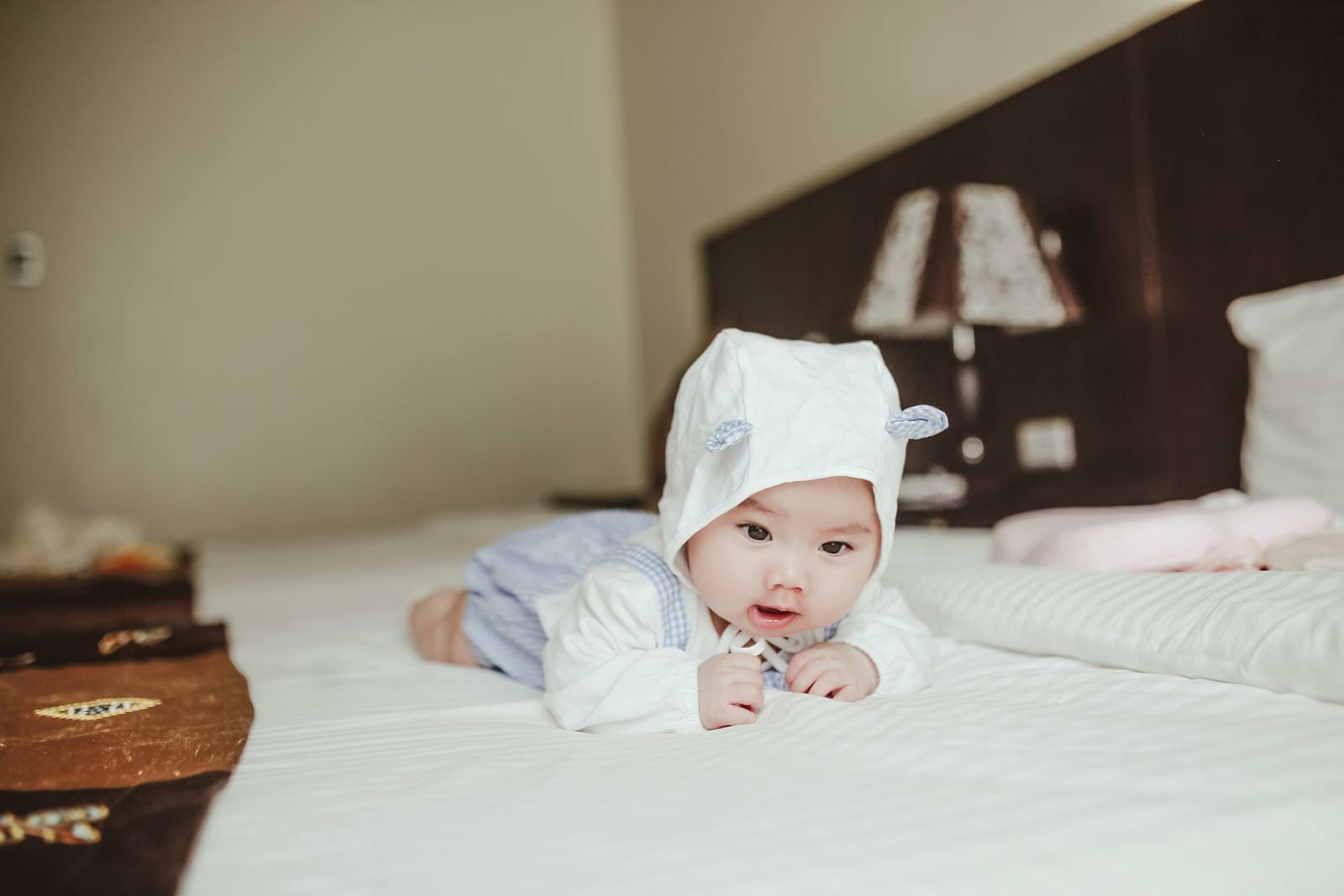Transitioning a child to sleep independently can mark an important milestone in the life of both the child and the parents. While this sounds like a daunting task, knowing at what point your child is ready can make things easier. This article describes five definite signs that he or she is ready to sleep independently-in a manner that shall provide you with insights to help make this transition as smooth as possible.
1. Your Child Shows Interest in Independence
Other early signs of readiness include an interest in independence; this is expressed in small ways-desiring to choose their pajamas, for example, or wanting to decide where their favorite stuffed animal sleeps. They might even say they wanna do things themselves. This could well be indicative that the child is getting prepared to take the next step in sleeping independently, which would be when they begin showing interest in making decisions about their bedtime routine.
Encouraging Autonomy
To foster this feeling of independence, it would be great to involve the child in the decision-making process regarding the sleeping pattern that would suit them best. Give your child control over a few things like choosing a bedtime story or maybe a night light; this would introduce your child with more confidence and less anxious once they have to go to sleep alone.
2. They Will Be Able to Fall Asleep on Their Own

The key clue that the child is ready to fall asleep independently is a child who can sleep after he or she has left the room. This, in other words, means that when the child can go to sleep once the parent has left the room, they have developed the self-soothing skills needed to fall asleep independently. Most times, this skill may develop gradually; therefore, the frequency of those moments when the child actually falls asleep on their own should be identified by the parents.
Gradual Transition
This can be encouraged by gradually reducing the time spent in the room after some bedtime routine. For example, from the usual time you spent in the room till your child fell asleep, you start leaving the room while your child is awake, then check up on them after some minutes. This helps him get used to sleeping alone without abandonment feelings.
3. They are Sleeping Through the Night Consistently
Your child may be ready to sleep on his own when he reaches that stage where he actually sleeps right through the night without waking up and calling for them. Prolonged undisturbed sleeping is a good indication that your child feels comfortable and safe in their sleeping environment; a pre-requisite for independent sleep.
Creating a Comfortable Sleep Environment
Let the sleep environment for your child be supportive of continuous sleep: dark, quiet, and at the right temperature. Also, include soothing activities in the consistent bedtime routine, such as reading or soft music, to help promote a full night’s sleep.
4. They Say They Can Sleep Independently
Confidence is the gold key towards independent sleeping. Be sure that when your child starts developing confidence in terms of sleeping alone, through words or actions, it is time to get them into this important practice. It can be observed when they stay quiet at night, or sometimes they show excitement about having their sleeping place. Building Confidence
To plant confidence in your child, you can build reinforcements by offering positive rewards. Praise them in case they sleep alone or make it through the night without needing your presence. This may link independent sleep with positive outcomes and will ease the transition a little.
5. They Show a Consistent Sleep Routine
A child who follows a regular pattern of sleep also demonstrates readiness for sleeping independently. The regularity of their sleeping pattern suggests an implication that they have learned how to understand the timing of their sleep and are more able to adjust to a bedtime independently. Most children benefit from a routine sleep wherein they go to bed and wake up at the same time every day.
Consistency
Parents can also contribute to this predictability by going through the same bedtime routine every night. This bedtime routine may include: brushing teeth, changing into pajamas, having a story read, and then out go the lights. The predictability of the routine gives your child security, therefore minimizing protesting about sleeping alone.
Tips to Transition to Independent Sleep

While recognizing the signs that your child is ready to sleep independently is important, actually making the transition requires attentive preparation and support. Here are some tips to make it easier:
1. Go Slow
Pave the way to sleeping independently by gradually introducing them to sleeping in their own bed. This may mean having them sleep in their own bed but in your room, for example, and then moving on to their bedroom once they get used to it.
2. Create a Sleep Haven Safe and Cozy
Let the room of your child be his comfort zone. You may involve him to decorate his room or help him pick up the bed linen so that it may be personalized to his liking.
3. Use a Comfort Object
A comfort object is some sort of favorite stuffed animal or blanket which will give them security when they are alone in their room. This needs to be part of their bedtime routine.
4. Be Consistent
Once you begin the transition, it is time to implement consistency. Mixed messages will further confuse the child and make this process even more cumbersome. Stick to the night routine and expectations of independent sleep.
5. Offer Reassurance
It is quite a normal feeling for children to be anxious about sleeping alone, at least for the first few nights. Prolong the reassurance for a while and let them know that you are there if they need anything. Over time, this kind of reassurance will help the children develop confidence in sleeping by themselves.
Conclusion
Putting your child onto independent sleep is a milestone activity that really requires a lot of patience, understanding, and consistency. Paying attention to a few cues-from showing interest in being independent, falling asleep without one’s presence, sleeping through the night, having confidence, and consistency in sleep routines-will guide one with much ease through this transition. Considering that every child is unique, it is good to go at your child’s pace, giving him that security he needs to be comfortable sleeping in his new sleep arrangement. If he is introduced to this rightly, he will quickly adjust to his independence of sleeping on his own, and you and your child are guaranteed a good night’s rest.










